Scientist of the Day - Francesco Bianchini
Francesco Bianchini, an Italian astronomer, was born Dec. 13, 1662. Bianchini found favor in the Roman Curia of three successive popes. He first made his mark with a meridian line that he installed in the church of Santa Maria degli Angeli in Rome, a feat we will discuss one day, after we acquire his book on the subject. But we already have a splendid folio volume that Bianchini published in 1728, just one year before his death. Bianchini was an avid telescopic observer, and he had available the best telescopes of his day, long refractors made by the Campani family of Rome (Giovanni Cassini had used Campani telescopes to discover four new moons of Saturn). Bianchini took as his province the planet Venus, and his book of 1728 was called Hesperi et Phosphori nova phaenomena sive Observationes circa planetam Veneris--New Observations concerning the Morning and Evening Star, the planet Venus.
The book is an gorgeous production - even the title page looks handsome in its red and black dress - and the most notable aspect of its illustrations is that several of them are mezzotints, a mode of engraving that had only been invented 60 years before and had yet to find much use in book illustration. Our first image is a mezzotint, and it shows four views of the surface of Venus. Unfortunately, these markings are illusory, since it is not possible to see the surface of Venus, because of the thick atmosphere that obscures the face of the planet. But the mezzotint is quite lovely, with the blackest of black sky that only a mezzotint can provide.
Although his book is about the planet Venus, Bianchini could not resist including two engravings that show detailed features on the Moon, perhaps showing off his abilities as an observer. And indeed, both engravings depict details that had never before been observed. One (third image) is a conventional engraving that shows the craters Plato, Aristotle, and the slash of the Alpine Valley - the latter a feature never before observed by any selenographer. We displayed this engraving in our exhibition, The Face of the Moon: Galileo to Apollo.
The other lunar engraving (fourth image) is a mezzotint, showing a detailed view of just the crater Plato. Since Plato is noted for its black basalt floor, mezzotint was a good choice for this image.
The final plate in the book, an engraving, is both welcome and curious - it shows two long-focal-length Campani telescopes with their observers (fifth image). We don't have many images of long refractors in use, so that is the welcome part. The curiosity is that the scale seems all wrong - the humans look too small for their instruments. But it is a busy scene, nevertheless. Presumably Bianchini is one of the astronomers at work, but he is not identified in the caption.
Dr. William B. Ashworth, Jr., Consultant for the History of Science, Linda Hall Library and Associate Professor, Department of History, University of Missouri-Kansas City. Comments or corrections are welcome; please direct to ashworthw@umkc.edu.

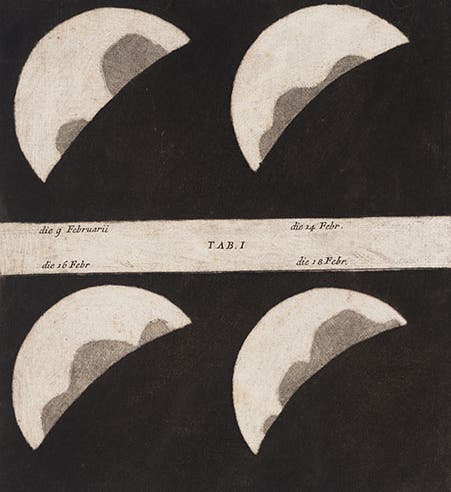
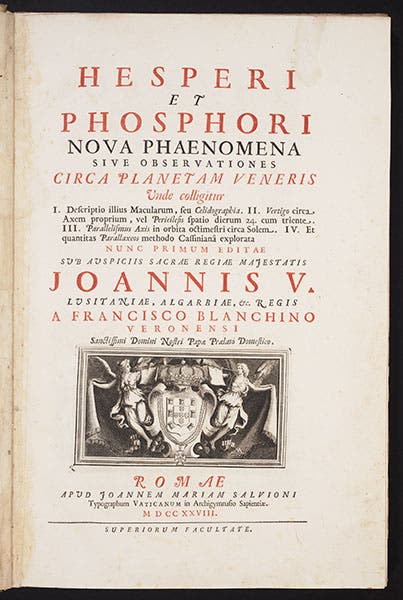


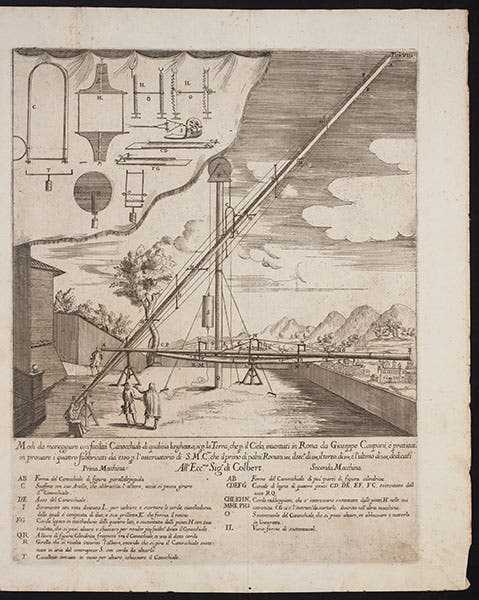
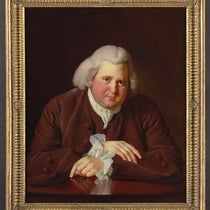
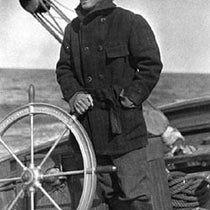
![Using an astrolabe to measure the depth of a well, woodcut in Elucidatio fabricae vsusq[ue] astrolabii, by Johannes Stöffler, 1513 (Linda Hall Library)](https://assets-us-01.kc-usercontent.com:443/9dd25524-761a-000d-d79f-86a5086d4774/a998eb50-55d2-4a88-ace2-a50aa5fa86e7/Stoffler%201.jpg?w=210&h=210&auto=format&fit=crop)

